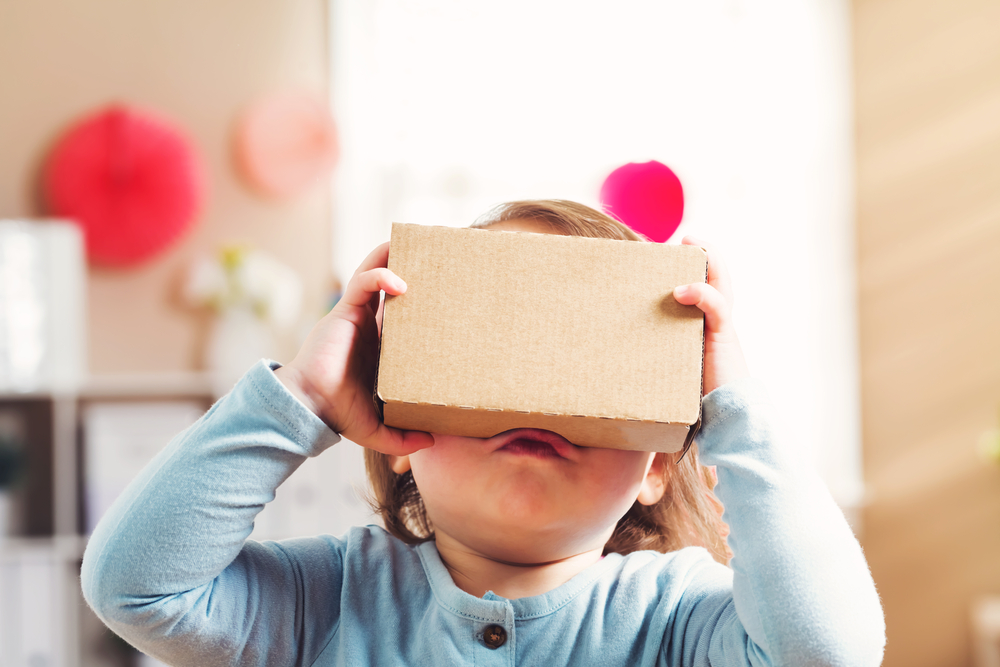Virtual Reality-based Exercise Fails to Improve Posture Control in Children With CP, Study Shows

A one-week intensive exercise program based on virtual reality (VR) failed to improve posture control in children with cerebral palsy (CP).
These are the preliminary findings of a larger study assessing the effects of a six-week, therapist-monitored home VR gaming program designed for children and adolescents with CP.
The study, “The Effects of a 5-Day Virtual-Reality Based Exercise Program on Kinematics and Postural Muscle Activity in Youth with Cerebral Palsy,” was published in Physical & Occupational Therapy in Pediatrics.
Cerebral palsy comprises a group of disorders that affect posture and restrict movement caused by non-progressive brain lesions that occur during pregnancy or infancy. Children and adolescents affected by CP are more likely to fall and injure themselves due to their lack of balance and posture.
Previous studies have demonstrated that full-body movement interventions that require children to interact with a virtual environment improved their balance, gait, and mobility, bringing substantial benefits to at least partially replace conventional physiotherapy sessions.
In this study, researchers investigated the effects of a five-day, 60 minutes/day VR-based intensive exercise program on the posture of children and adolescents with CP.
The study enrolled 11 children and adolescents ages 7-17 with a confirmed diagnosis of CP and classified as level I or II according to the Gross Motor Function Classification System (GMFCS).
Patients were randomly assigned to either participate in VR-based balance gaming sessions supervised by a physiotherapist for five consecutive days (one hour/day) or not participate (control group).
Both groups attended balance assessment sessions each week, where participants were asked to stand with their eyes open on a movable platform that gradually increased speed. Postural muscle activity and kinematics (motion) were recorded for each participant.
Body stabilization was calculated, and the number of steps taken to regain balance/avoid falling were counted.
Contrary to researchers’ expectations, no consistent differences in balance were found between the two groups.
“The lack of differences in change scores in the kinematic and muscle activity analyses could be explained by [insufficient learning time] and practice to consolidate response reorganization. Future studies would ideally investigate the effect of an intensive VR-based intervention over several weeks, with multiple baselines,” researchers said.
“[I]mprovements in postural control for this population may rely on improving the ability to generate appropriate muscle responses. The VR games in this study did not target specific muscles for strength training and muscle activation timing, [which could explain the lack of significant differences between the intervention and the control group],” they added.
Even though no apparent benefits were associated with the VR-based intervention, authors emphasized the need to perform the same type of studies in the future using larger patient samples and increasing the intensity, specificity, and duration of the exercise program.


